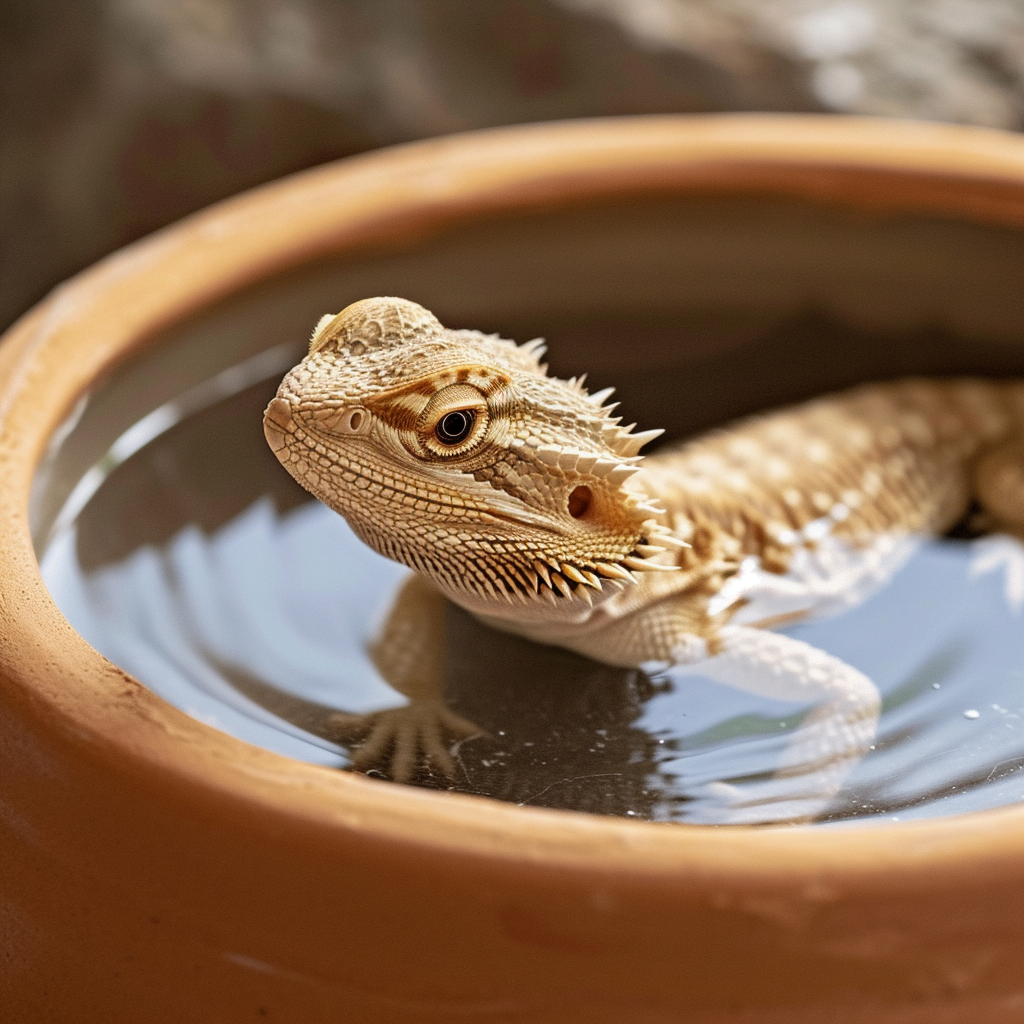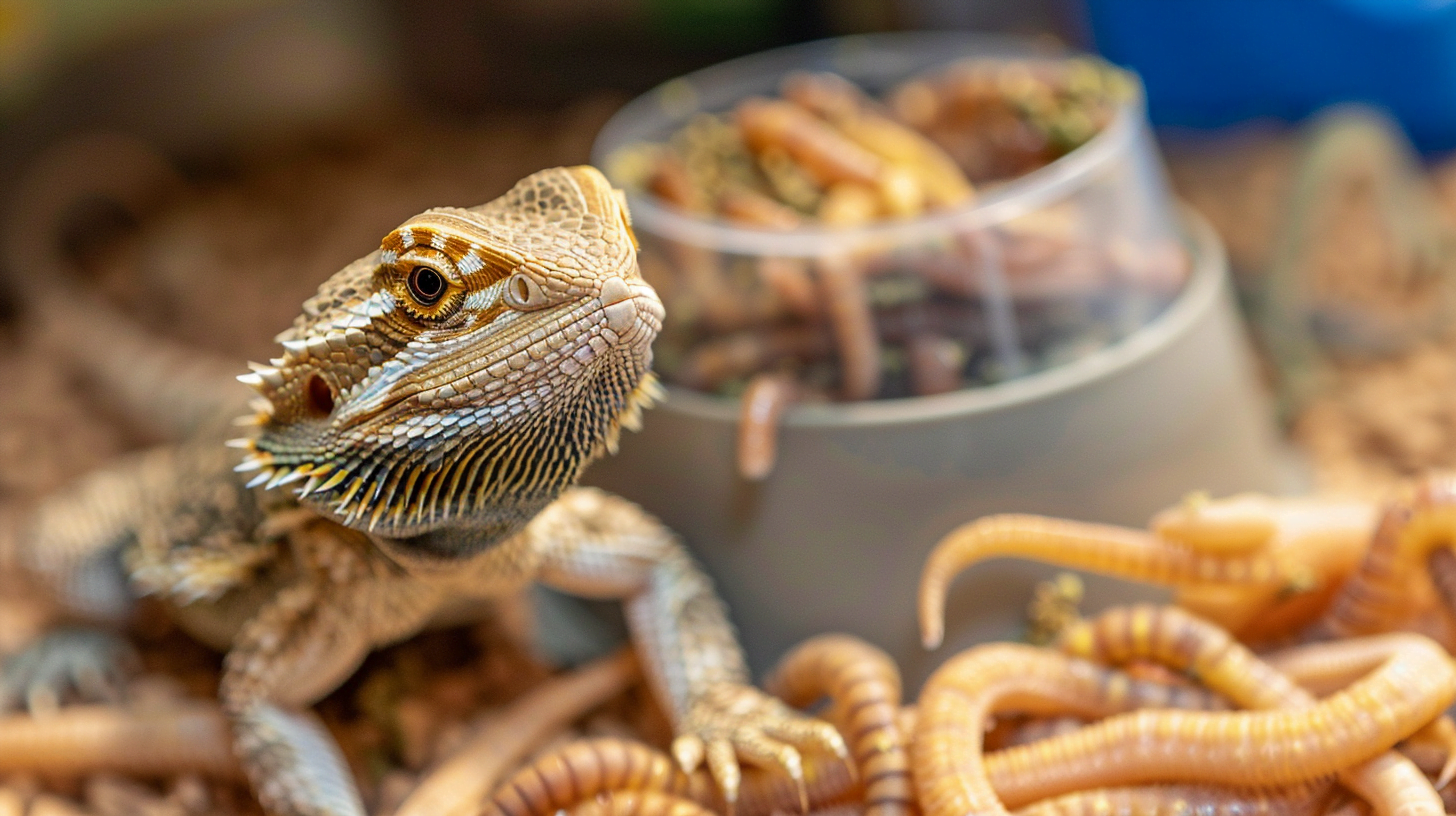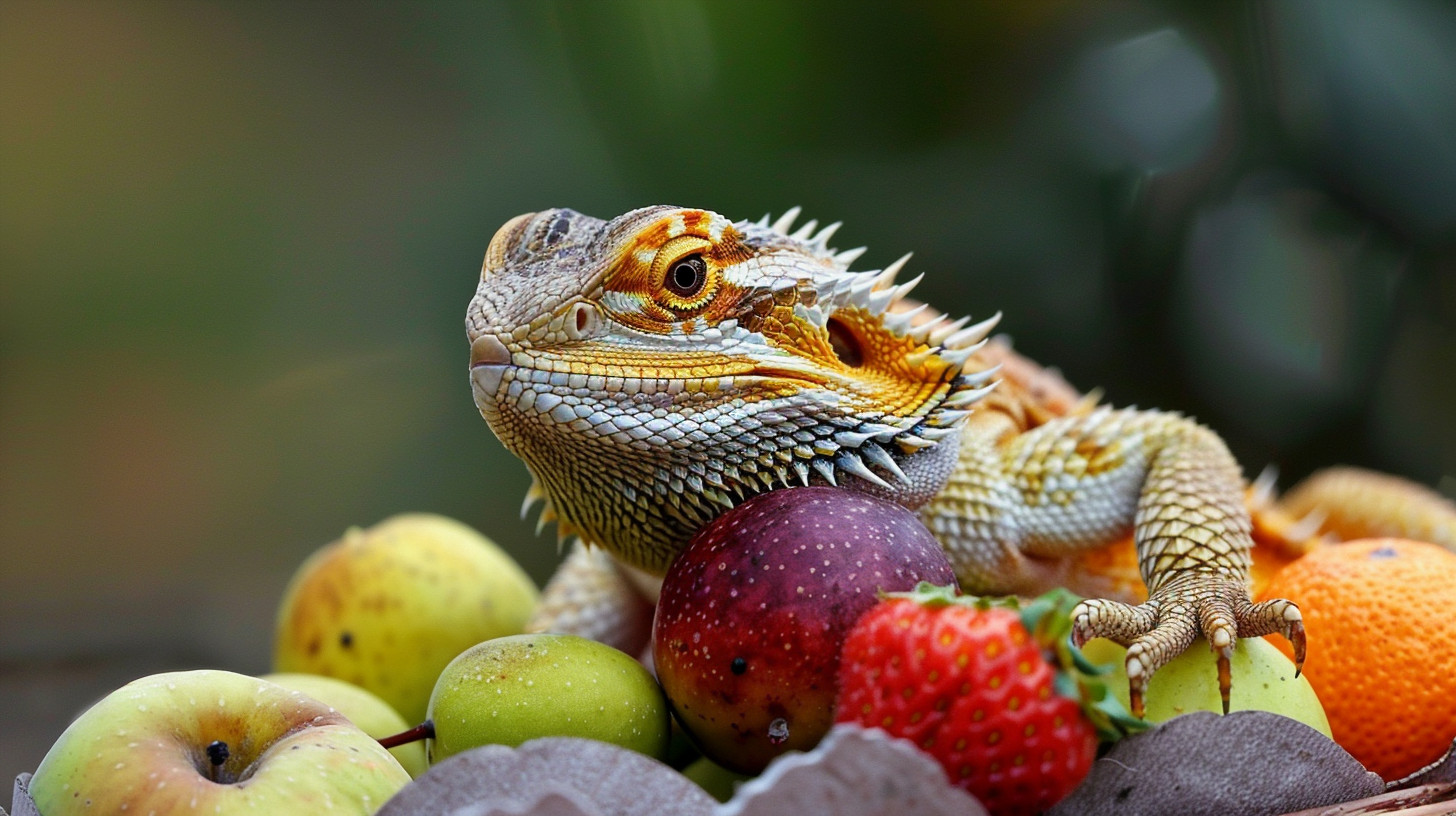Bearded dragons make for popular pet lizards, thanks to their calm temperaments and friendly personalities. However, properly caring for these reptiles takes some specialized knowledge, especially when it comes to baby bearded dragons. Ensuring your young dragon stays adequately hydrated is crucial, so new owners often wonder – how often should baby bearded dragons drink water? This comprehensive guide will cover everything you need to know about baby bearded dragon water needs.
An Introduction to Bearded Dragon Care
Before diving into baby bearded dragon hydration specifics, let’s do a quick overview of bearded dragon care basics. This will provide context on the importance of water for these reptiles.
Bearded dragons originate from Australia and live in dry, desert regions. They can thrive on modest amounts of water compared to some other reptiles. However, they still need regular access to water to support metabolic function and overall health.
In captivity, adult dragons generally only need standing water offered 2-3 times per week. But babies have higher water requirements to support growth and development.
Bearded dragons are easy-going lizards that can live 10+ years with proper care. Here are some key components of their habitat setup:
- Enclosure – Baby dragons need an enclosure at least 24” x 24” x 12”. Adults require 4’ x 2’ x 2’.
- Substrate – Use paper towels, reptile carpets, or calcium sand mats. Avoid loose particulates.
- Habitat – Provide hiding spots, climbing branches, a basking spot, temperature gradient.
- Heat – Offer a basking spot of 95-100°F and a cool side of 70-80°F.
- UVB Lighting – Critical for metabolism and bone development.
- Diet – Feed a variety of insects along with vegetables and some fruits.
Hydration is just one aspect of caring for these intriguing lizards. But it’s an important one, so let’s explore baby bearded dragon water needs more closely.
How Much Water Do Baby Bearded Dragons Need?
To stay healthy, growing baby dragons need more hydration than adult beardies. Here are some general daily water intake recommendations based on weight:
- 10-50g – 30-45ml per day
- 51-100g – 50-80ml per day
- 100-200g – 80-100ml per day
Several factors can increase your baby dragon’s water requirements:
- Growth spurts
- Shedding cycles
- Hot temperatures
- Illness or injury
- Eating more vegetables
John Smith, reptile veterinarian, emphasizes the importance of extra hydration for young dragons:
“Baby bearded dragons are rapidly growing and developing. This speedy growth puts extra demands on their bodies that proper hydration can support. Don’t underestimate how much water your baby dragon may need.”
Monitor your baby’s hydration cues closely and increase water offered accordingly. Providing additional hydration during growth phases or shed cycles supports proper development. Decreased hydration can stunt growth and cause health issues.
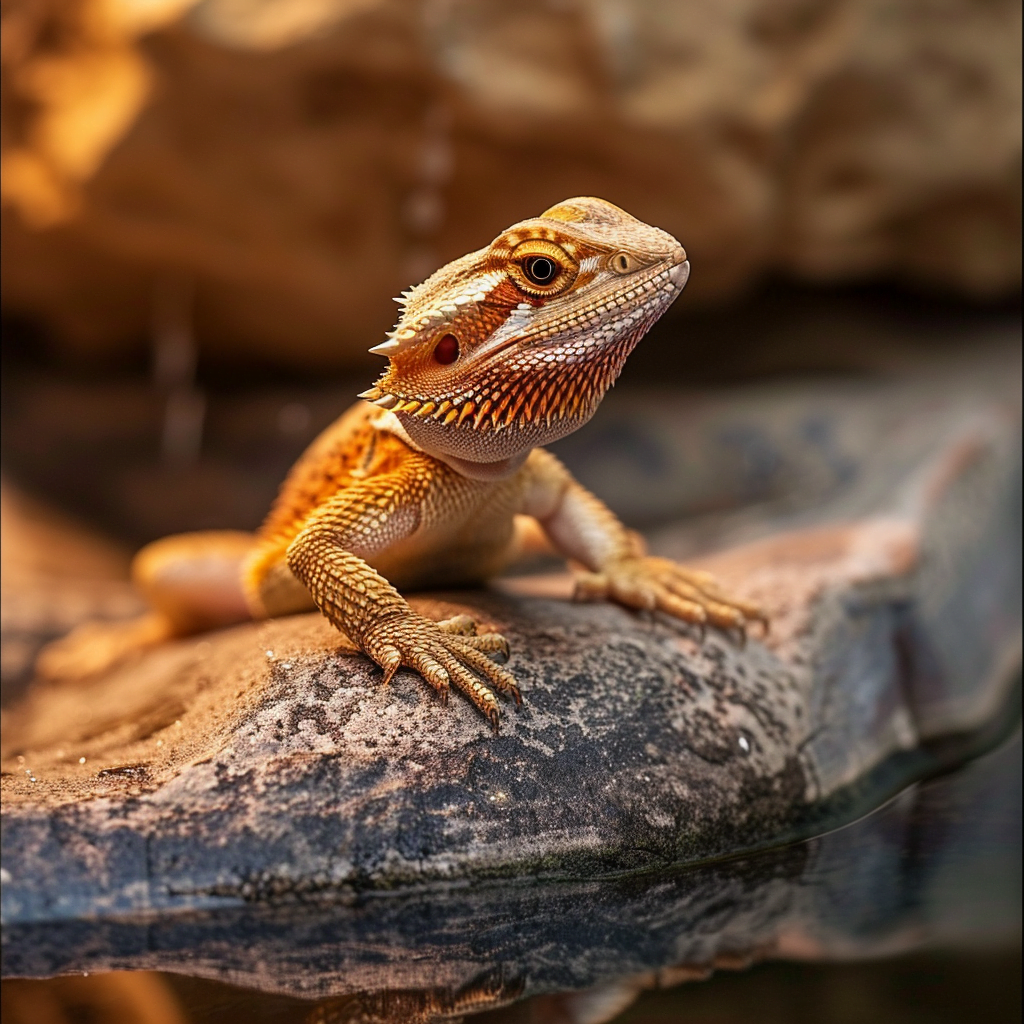
How Often Should You Provide Drinking Water?
For baby dragons, aim to provide fresh, clean water at least once per day. However, offering water several times per day is ideal for ensuring proper hydration. Young dragons are still developing drinking habits and may not gulp down as much in one sitting as adults.
Here are some tips for monitoring water consumption:
- Note water level decreases throughout the day.
- Watch to see your dragon drinking.
- Check for wetness around the mouth.
- Weigh water dish before and after.
If consumption seems low, try offering water more frequently. Shallow dishes also encourage drinking. Mist the enclosure 1-2 times per day as added hydration.
Reptile care expert Sarah Anderson recommends:
“I advise owners to provide water at least 3 times per day for young dragons under 4 months old. Their small size means they dehydrate more quickly. Frequent water access prevents this.”
Aim for multiple opportunities to drink per day. This supports healthy growth better than a single daily offering. Adjust as needed based on consumption cues.
Signs of Dehydration in Babies
It’s crucial to watch for signs of dehydration in young dragons, including:
- Sunken eyes
- Skin tenting when gently pinched
- Wrinkled skin
- Lethargy
- Decreased appetite
Notice these dehydration red flags promptly, as they can escalate rapidly in babies. Mark Wilson of Reptile Health Services warns:
“Young dragons have a higher surface area to volume ratio, meaning they lose water much faster through their skin and respiration. Never allow a baby dragon’s dehydration to progress, as that can lead to kidney failure, seizures, and even death.”
Increased hydration frequency usually clears up mild dehydration symptoms. Consult an exotic vet immediately if moderate to severe symptoms occur, along with offering more water. Address dehydration promptly before it becomes fatal.
Water Sources for Baby Bearded Dragons
Provide water in a small, shallow dish that won’t tip over easily, allowing your baby safe access. Ceramic crocks work well. Position it near basking sites to help create evaporative humidity.
Also provide hydration through:
- Misting the enclosure 1-2 times per day
- Droplets of water along the snout after feeding
- Shallow baths 2-3 times per week
Some safe watering tips:
- Supervise all water times for babies
- Avoid deep dishes they could drown in
- Don’t use dripping faucets they could get stuck under
- No spraying with shower attachments
Vary water sources for interest, but manage them carefully for safety. Consult your exotic vet on ideal options to hydrate your baby dragon.
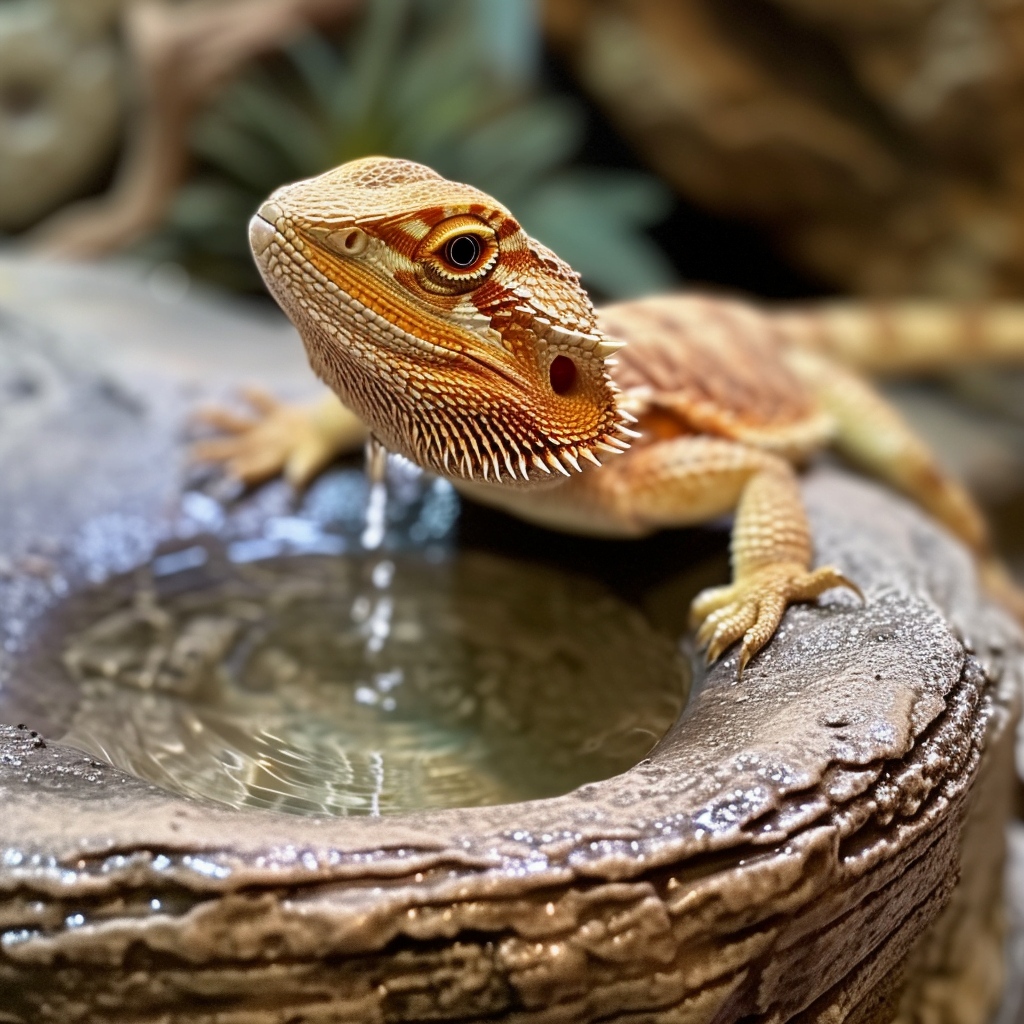
Transitioning Baby Dragons to an Adult Hydration Schedule
Around 4-6 months old when weighing over 200g, baby dragons can transition to an adult schedule of water offered 2-3 times per week. However, monitor the following signs your baby still needs additional hydration:
- Continued rapid growth
- Frequent shedding
- Consuming all water offered
- Persistent dehydration signs
If any of these occur, retain an increased watering frequency. Some dragons may need extra hydration through 9 months old depending on growth and shedding rates. There is no set age or weight for transitioning – assess individual young dragon needs.
James Davis, reptile researcher, advises:
“Let each bearded dragon dictate their own hydration schedule transition based on direct cues, not rigid age or weight standards. Individual metabolism and growth rates vary in babies as they mature.”
Your exotic veterinarian can also help assess when your dragon is ready for an adult watering routine. Customize to your pet’s needs.
General Bearded Dragon Water Tips
Follow these tips for all bearded dragons:
- Use filtered, non-distilled water only
- Offer water temperature between 65-75°F
- Drop feeder insects in water to encourage drinking behaviors
- Change water daily to keep it clean
- Use dechlorinator if using tap water
Some other creative ways to provide hydration include:
- Lightly misting greens
- Providing watermelon, berries, and citrus as treats
- Bathing 2-3 times per week
Conclusion
Providing proper hydration supports your dragon’s health and growth. Monitor individual needs, especially in rapidly growing babies. With some knowledge and attentive care, you can keep your young dragon well-hydrated.
Key takeaways on baby bearded dragon water needs include:
- Offer water at least 1-3 times daily
- Monitor for increased needs during growth or shedding
- Watch closely for dehydration signs and address promptly
- Provide safe, varied water sources
- Customize transition to adult schedule based on individual dragon
Incorporating these tips into a thoughtful hydration plan will help your baby dragon thrive. Partner with an exotic vet if any concerns arise. With attentive care, you can have a healthy, growing dragon companion.
